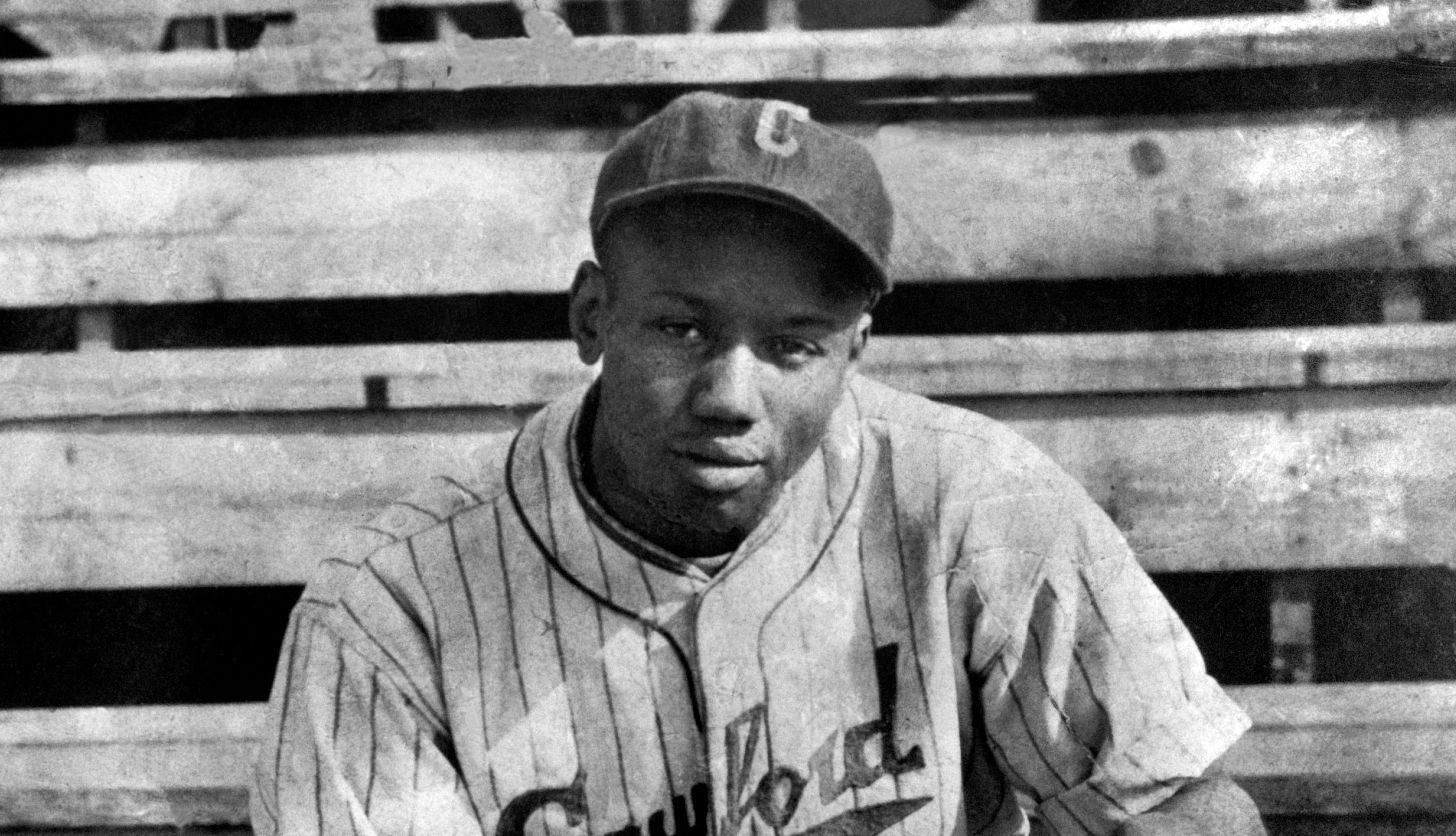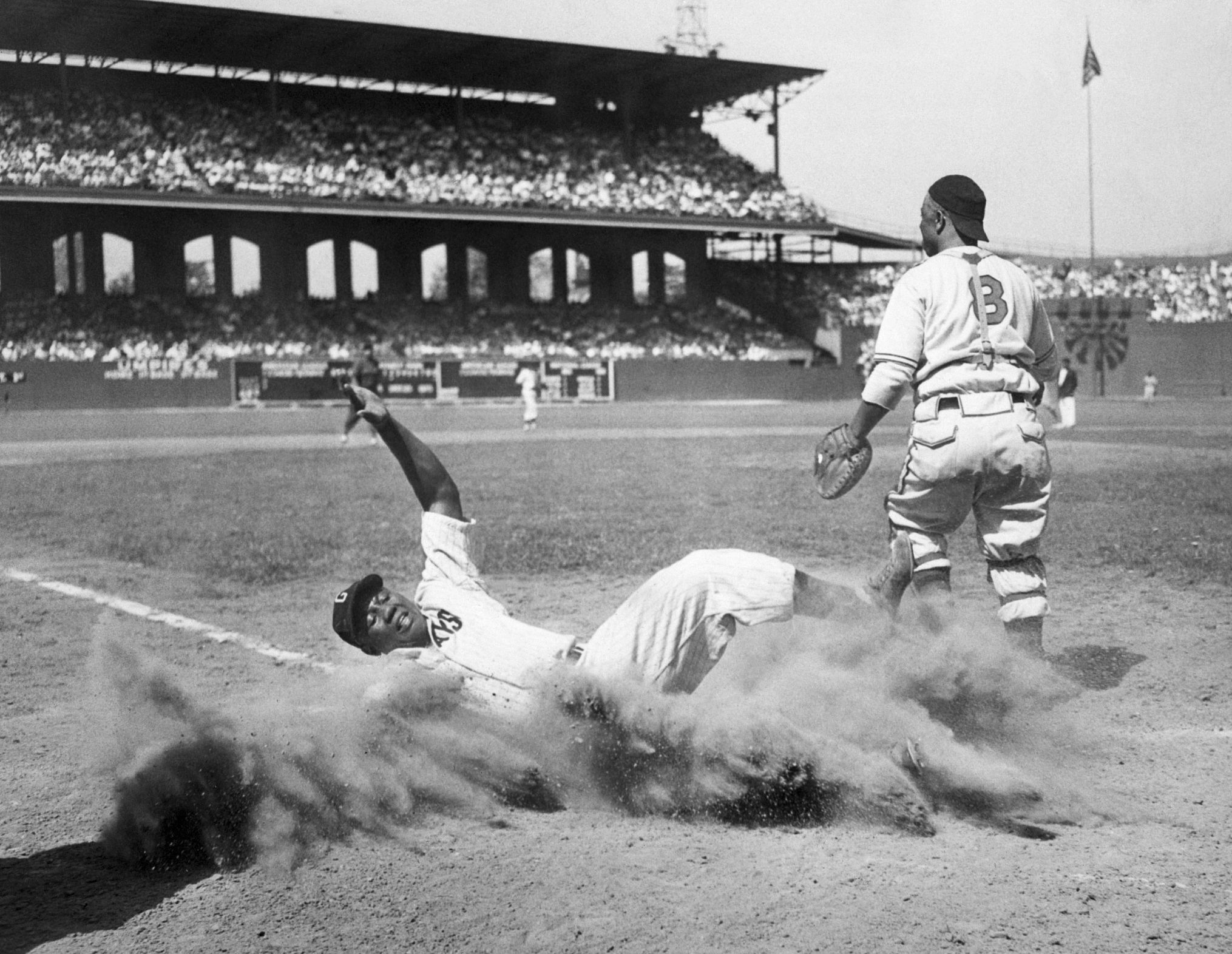AARP Hearing Center


NEW YORK — Major League Baseball incorporated Negro Leagues records for more than 2,300 players into its official statistics May 28 after a three-year research project aimed at recognizing the achievements of athletes barred from the majors before Jackie Robinson broke baseball’s color line.
The move remakes the leader board for numerous career and single-season records. Among the most notable changes, Hall of Fame catcher Josh Gibson became Major League Baseball’s career batting leader with a .372 average, surpassing Ty Cobb’s .367.
Gibson’s .466 average for the 1943 Homestead Grays of the Negro National League became the season standard, followed by Charlie “Chino” Smith’s .451 for the 1929 New York Lincoln Giants. They overtook the .440 by Hugh Duffy for the National League’s Boston team in 1894.
Gibson also became the career leader in slugging percentage (.718) and on-base plus slugging, or OPS (1.177), moving ahead of Babe Ruth (.690 and 1.164).
“This initiative is focused on ensuring that future generations of fans have access to the statistics and milestones of all those who made the Negro Leagues possible,” baseball Commissioner Rob Manfred said in a statement. “Their accomplishments on the field will be a gateway to broader learning about this triumph in American history and the path that led to Jackie Robinson’s 1947 Dodger debut.”
A special committee on baseball records decided in 1969 to recognize six major leagues dating to 1876: the National (which launched in 1876), the American (1901), the American Association (1882-1891), Union Association (1884), Players’ League (1890) and Federal League (1914-1915). It excluded the National Association (1871-75), citing an “erratic schedule and procedures.”
MLB announced in December 2020 that it would be “correcting a longtime oversight” and would add the Negro Leagues. John Thorn, MLB’s official historian, chaired a 17-person committee that included Negro Leagues experts and statisticians.
The Negro Leagues played shorter competitive seasons than the then-recognized major leagues, in large part to accommodate revenue-raising barnstorming tours and exhibition games.
































































More From AARP
Batter Up for Our Grand Slam of a Baseball Quiz
Test your knowledge of America’s favorite pastime
Take Me Out to the Ballgame
Baseball is so much more than 18 players and a big book of rulesPlay Ball! 7 Great Places for Baseball Fans to Retire
Consider these destinations for the love of the gameRecommended for You